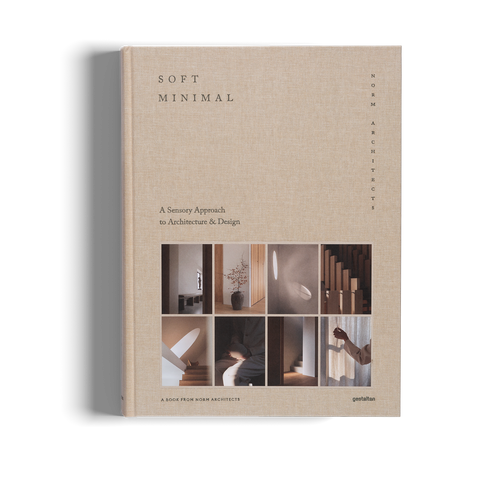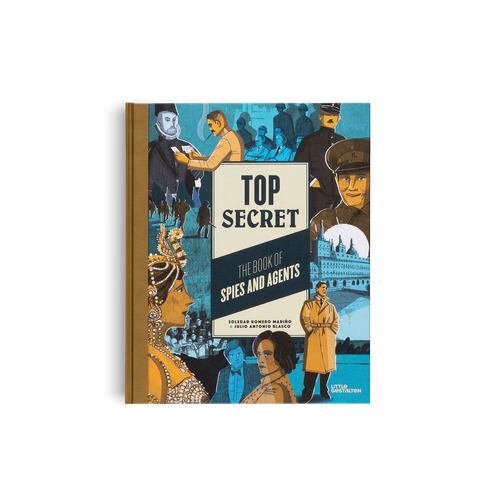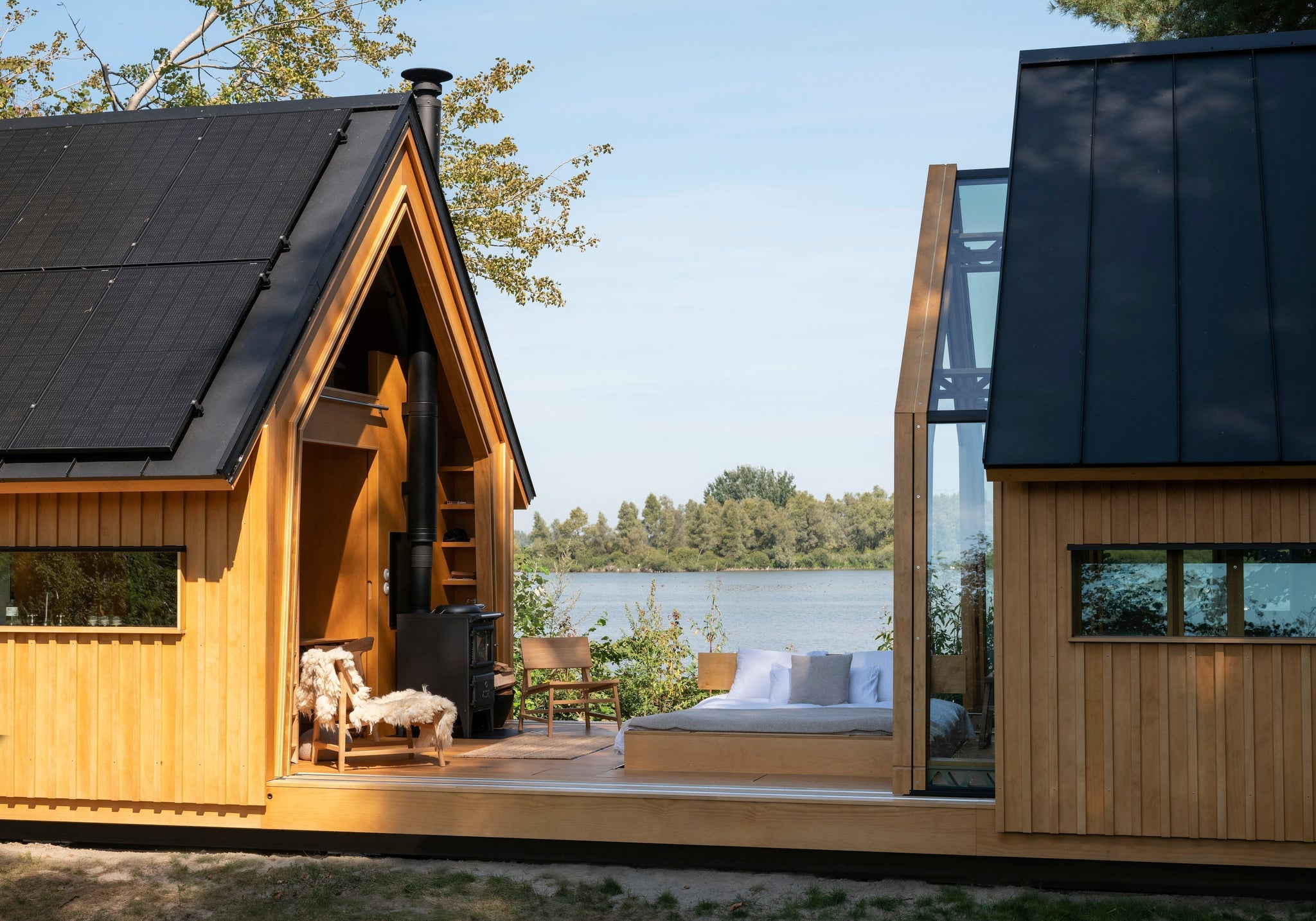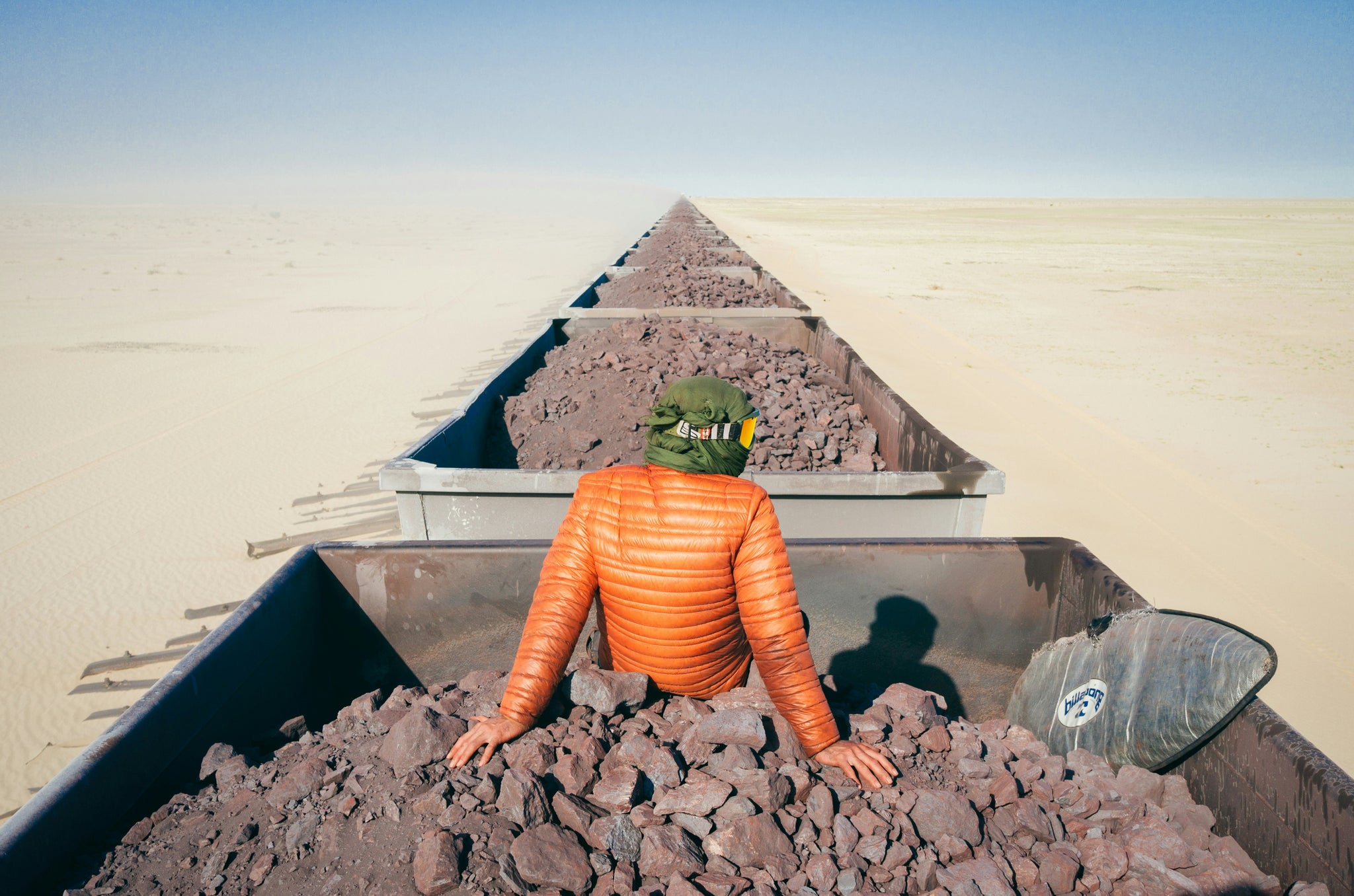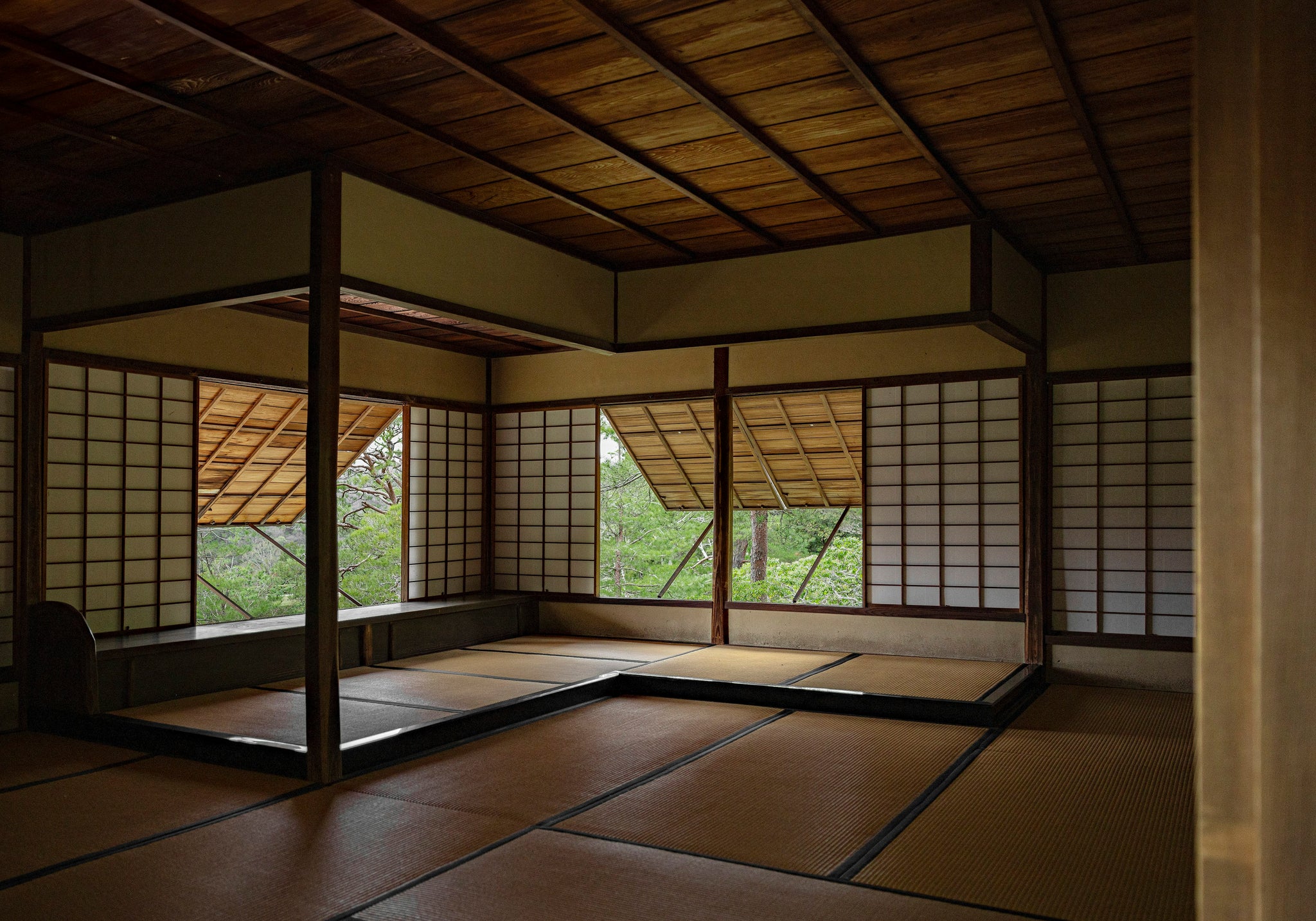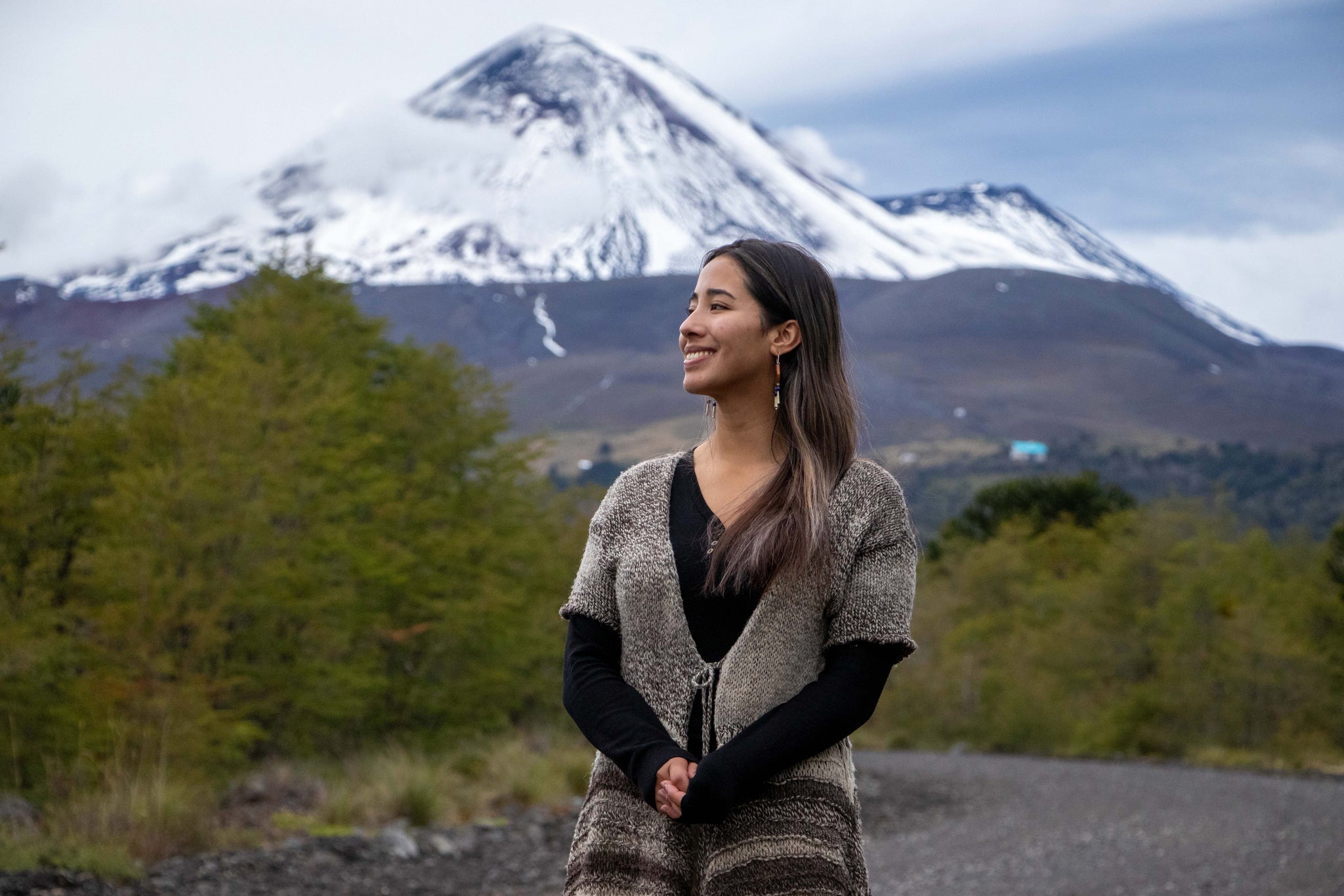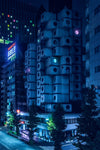
11/2018 architecture & interior travel visual culture
A cyber attack has destroyed the world as we know it. It's 2051 and having been dominated by computers for the last two decades, the network hub controlling city infrastructures and authorities around the globe has fallen into the wrong hands. The hands of a cybernetically-enhanced criminal gang.
Out of breath, you look at your watch. It's precisely 3:43 am. An agent from a secret revolutionary organization, you've just shaken off a caravan of rogue drones. Vivid splashes of electronic neons fill the sky, bouncing off the brutalist backdrop. Still and silent, this alienated urban jungle seems far from home but it's your duty to save the planet. All of a sudden you're shaken by a huge scream.
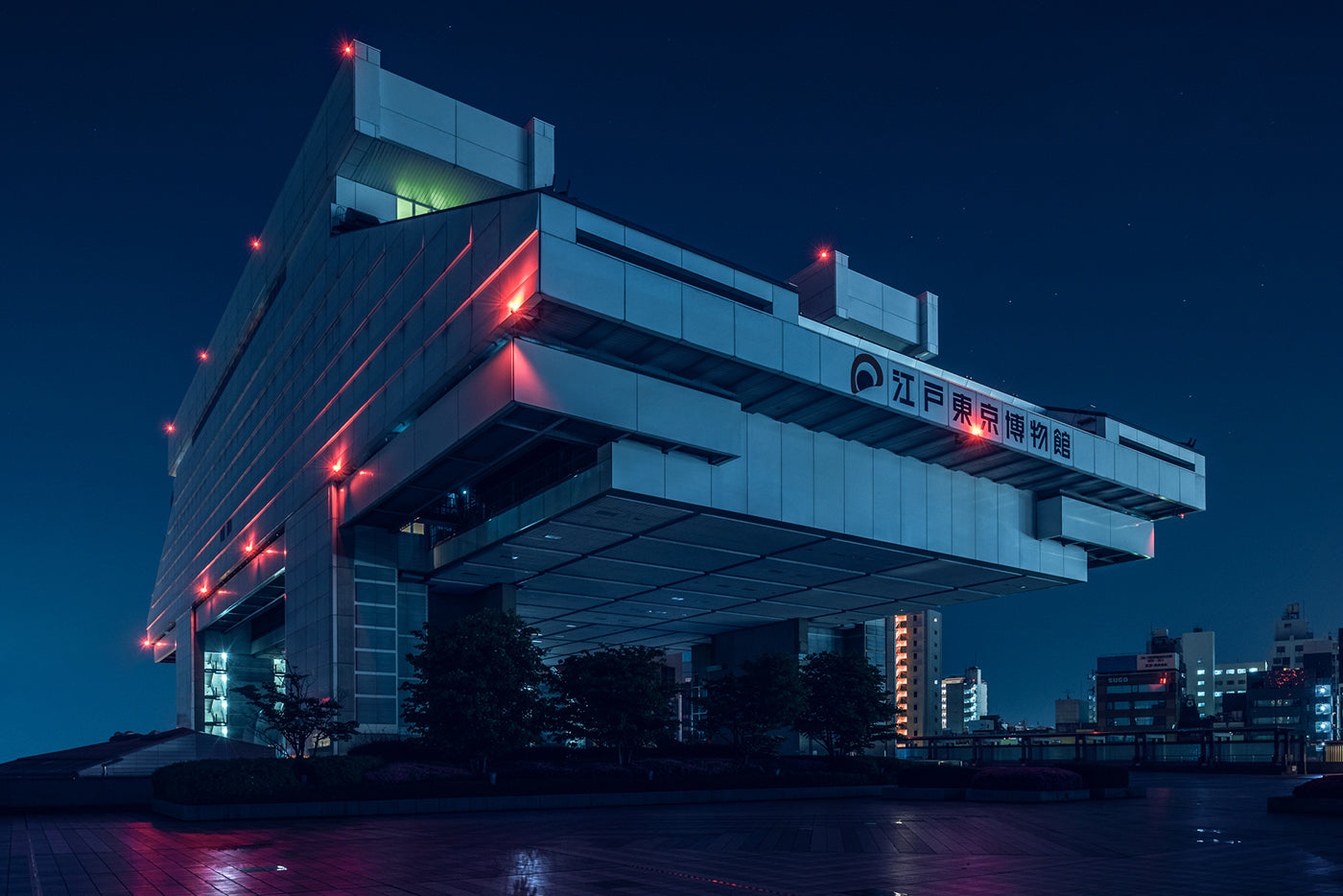
The Edo-Tokyo Museum could pass as a sinister HQ for a faceless bad guy in this series.
And then you wake up. The large scream was, in fact, your colleague, parent, partner or boss shouting your name for the tenth time and you realize you've simply been staring at one of Tom Blachford's Nihon Noir images a little too long.
With a bold skyline filled with eccentric Metabolist architecture, Tokyo provided Blachford with the perfect backdrop to set up his dystopian vision
After first visiting Tokyo in 2013, Melbourne-based photographer Blachford was captivated with the other-worldliness of the city. It was an impression he successfully shared in Nihon Noir. "I was struck by an inextricable feeling that I had been transported to an alternate reality, sometime in the future. It feels so foreign, like a big machine working so precisely. In that sense, Tokyo itself was the inspiration, to try and translate that feeling."
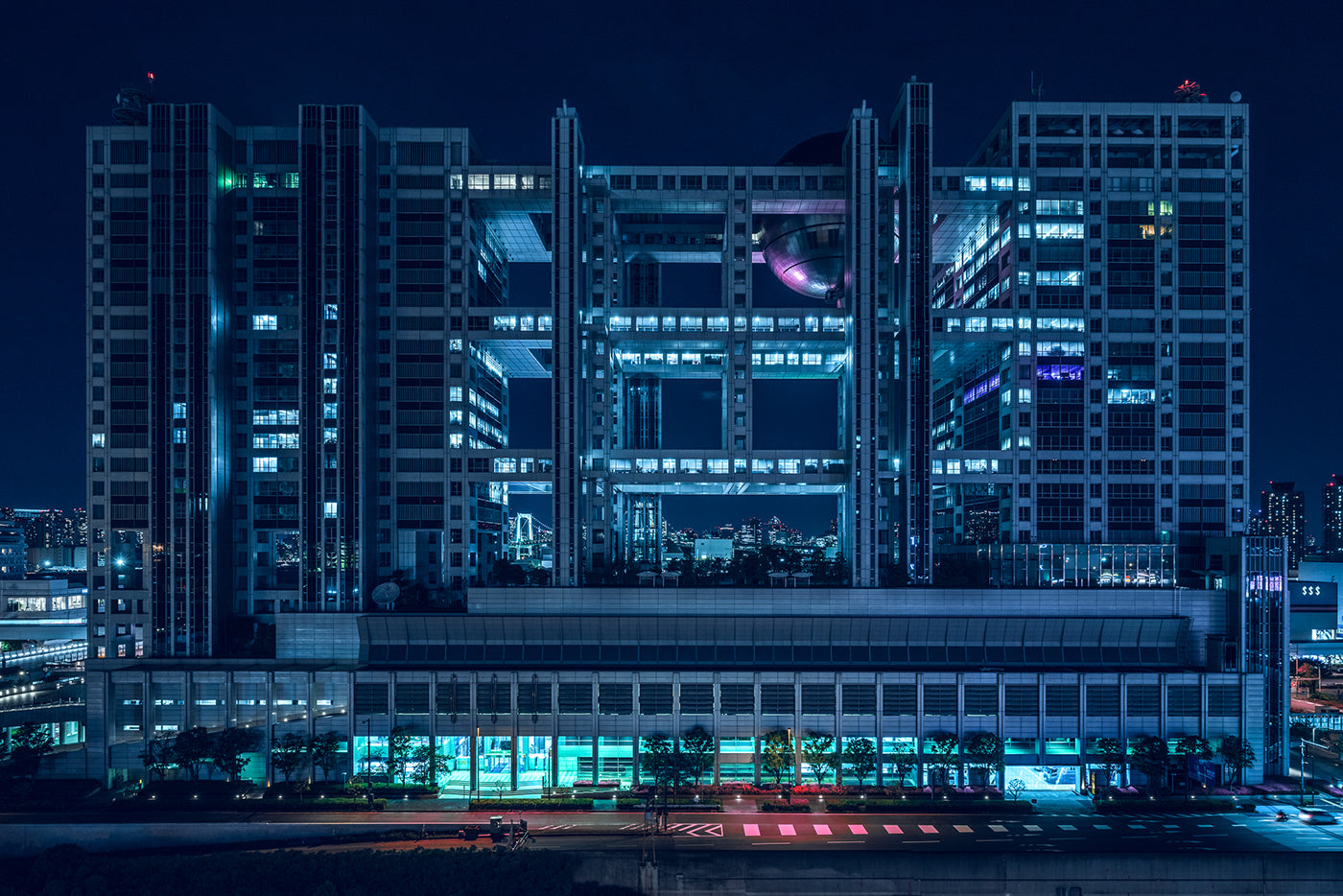
Welcome to the neon jungle. The Fuji TV Headquarters, designed by Kenzō Tange.
With a bold skyline filled with eccentric Metabolist architecture, Tokyo provided Blachford with the perfect backdrop to set up his dystopian vision. Buildings such as the Nakagin Capsule Tower, Shizuoka Press, and Broadcasting Center are captured in a vast and monumental way. Purposefully shot from impossible angles, whilst staring at these monolithic structures you can't help but feel equally intrigued and menaced. Do you want to take a closer look or get back in the car?
His view of Tokyo provides us with a perfect look into a future that will both excite and scare us at the same time
Aesthetically, the hyper-saturated neon palette Blachford uses is a nod to neo-noir sci-fi classic, Blade Runner and Nicholas Winding-Refn, the Danish director of Drive and Only God Forgives.
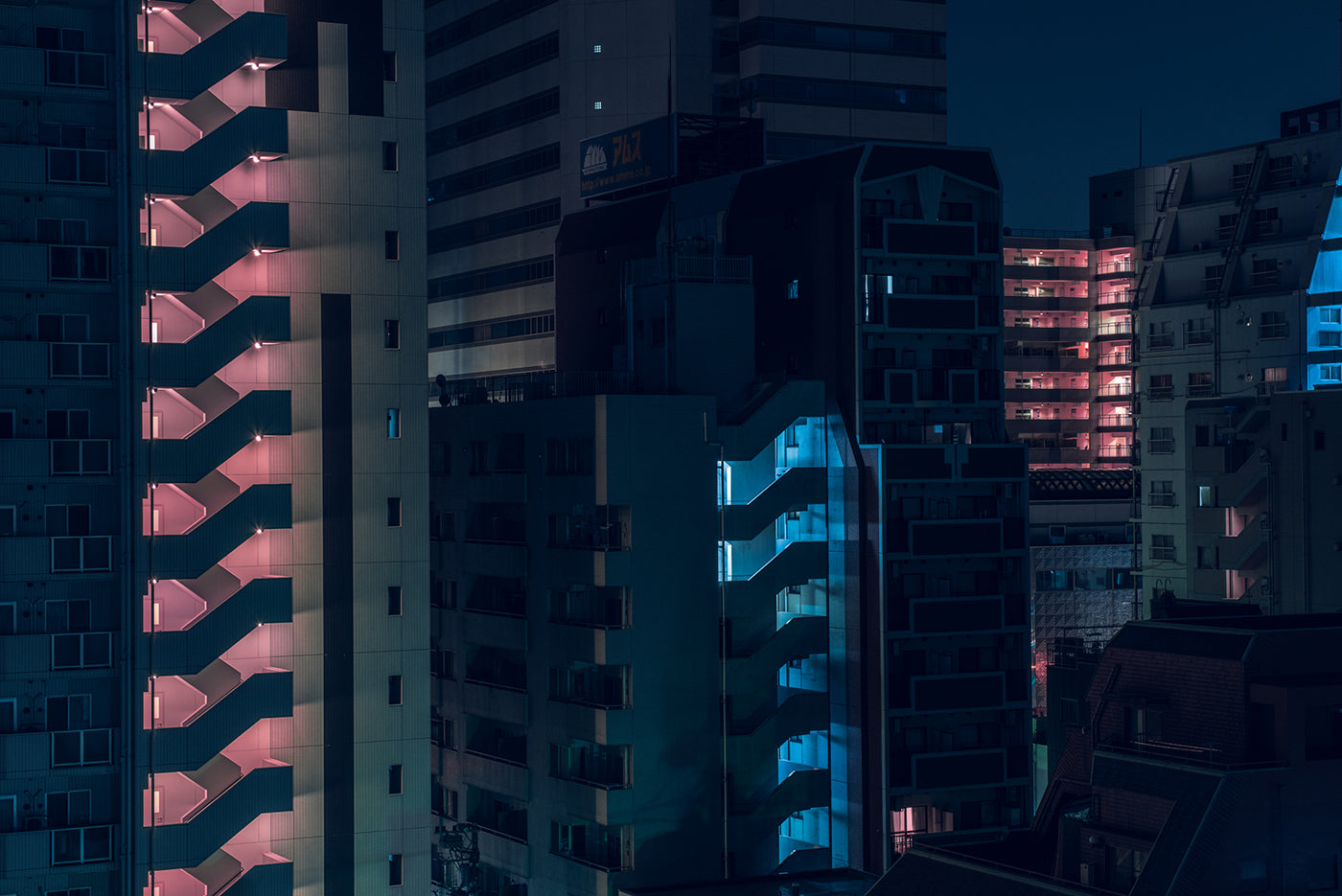
Blachford's shots could quite easily have been taken from one of the Blade Runner movies.
"Those films and others of the genre took the gritty cinematic aesthetic and vernacular of classic black and white film noir and added a neon palette that creates an entirely new level of depth and interpretation," Blachford told us. "I also became deeply interested in the aesthetic philosophies of Syd Mead who was the art director on Blade Runner. He spoke about cities of the future being an augmented mishmash of architecture with patches and technological additions made on top."

Deckard’s Den, is a direct reference toBlade Runner
The image titled Deckard’s Den (named after the main character of Blade Runner) perfectly sums up the aesthetic described in Mead's prediction. These are beautiful shots of a dense urban environment but they didn't come easily.
Not one to be deterred, the perfect shot wasn't going to escape him that easily and through broken Japanese and Google translate, Blachford managed to convince a 20 strong crew of workmen to let him use their crane.
The photogenic qualities of the Nakagin Capsule Tower, in particular, originally provided Blachford with a headache. "To be honest, my initial feelings were total frustration, I arrived to find that I couldn’t see a good angle to shoot it from. A single street light on the corner to the west was blowing out every shot I attempted, it was heartbreaking." Not one to be deterred, the perfect shot wasn't going to escape him that easily and through broken Japanese and Google translate, Blachford managed to convince a 20 strong crew of workmen to let him use their crane. "They pulled up their hydraulics and let me guide the truck into place. Then they harnessed me up, put a hard hat on me and took me 20 meters in the air to get the final image. It was truly epic."

Blachford transports you to an advanced and amazing parallel universe
The epicness of Blachford's adventure has certainly bled its way into his series. His view of Tokyo provides us with a perfect look into a future that will both excite and scare us at the same time. "To me, Tokyo feels like it has a neon stain to everything," he adds, "I wanted to translate that into the images. Everything needed to be neon and cold."
Read more on utopian architecture in our title The Tale Of Tomorrow.

